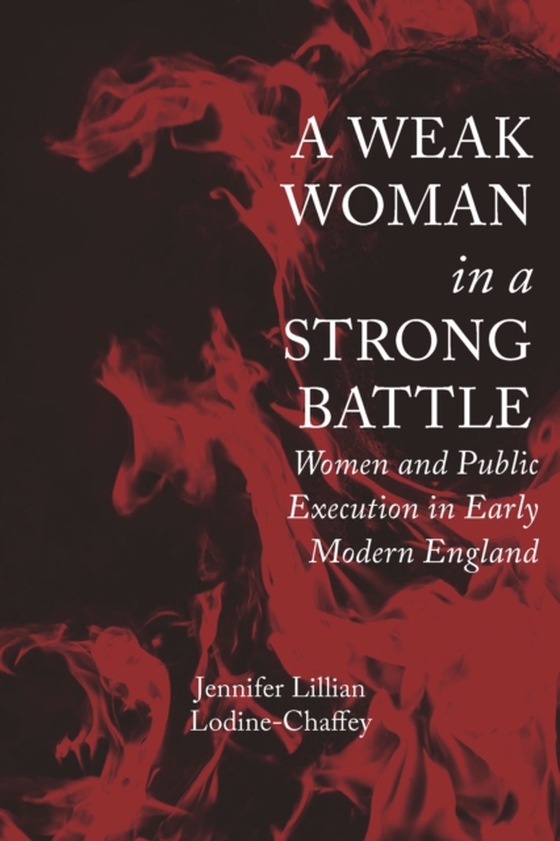
Weak Woman in a Strong Battle e-bog
820,11 DKK
(ekskl. moms 656,09 DKK)
A study of the depictions of women's executions in Renaissance England A Weak Woman in a Strong Battle: Women and Public Execution in Early Modern England provides critical insights on representations of women on the scaffold, focusing on how female victims and those writing about them constructed meaning from the ritual. Jennifer Lodine-Chaffey draws on a wide range of genres, from accoun...
E-bog
820,11 DKK
Forlag
University Alabama Press
Udgivet
27 juli 2022
Længde
248 sider
Genrer
1DB
Sprog
English
Format
epub
Beskyttelse
LCP
ISBN
9780817394127
A study of the depictions of women's executions in Renaissance England A Weak Woman in a Strong Battle: Women and Public Execution in Early Modern England provides critical insights on representations of women on the scaffold, focusing on how female victims and those writing about them constructed meaning from the ritual. Jennifer Lodine-Chaffey draws on a wide range of genres, from accounts of martyrdom to dramatic works, to explore not only the words of women executed in Tudor and Stuart England, but also the ways that writers represented female bodies as markers of penitence or deviance.A significant part of the execution spectacle-one used to assess the victim's proper acceptance of death and godly repentance-was the final speech offered at the foot of the gallows or before the pyre. To ensure their final words held value for audiences, women adopted conventionally gendered language and positioned themselves as subservient and modest. The reception of women's speeches, Lodine-Chaffey argues, depended on their performances of accepted female behaviors and language as well as physical signs of interior regeneration. Indeed, when women presented themselves or were represented as behaving in stereotypically feminine and virtuous ways, they were able to offer limited critiques of their fraught positions in society.Just as important as their words, though, were the depictions of women's bodies. The executed woman's body, Lodine-Chaffey contends, functioned as a text, scrutinized by witnesses and readers for markers of innocence or guilt. The intense focus on the words and bodies of women facing execution during this period, Lodine-Chaffey argues, became a catalyst for a more thorough interest in and understanding of women's roles not just as criminals but as subjects
 Dansk
Dansk

